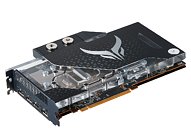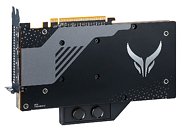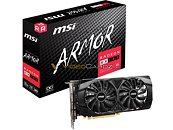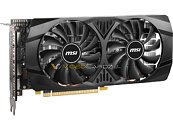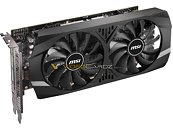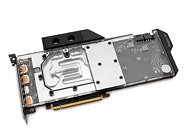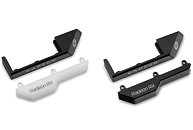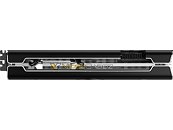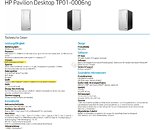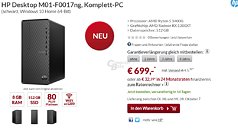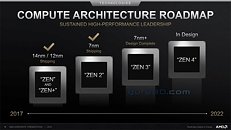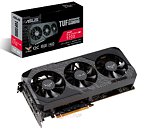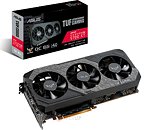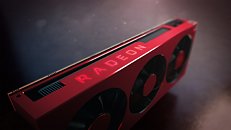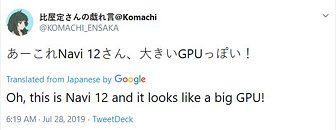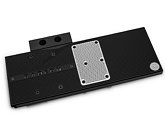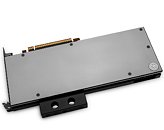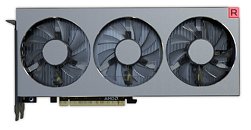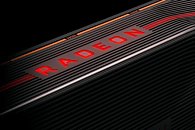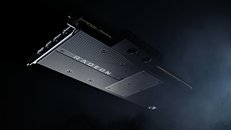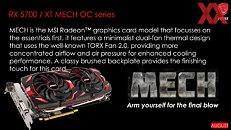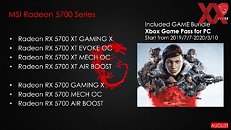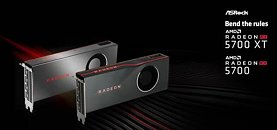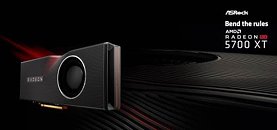
AMD Announces Radeon Software Adrenalin 2020 Edition
AMD today unveiled AMD Radeon Software Adrenalin 2020 Edition, the next generation of its software suite for AMD Radeon graphics, providing gamers, creators and enthusiasts with a unique set of features and capabilities that deliver unparalleled visual fidelity and phenomenal gaming experiences. Featuring a fully redesigned gaming application, AMD Radeon Software Adrenalin 2020 Edition puts powerful capabilities at gamers' fingertips. It includes the new Radeon Boost feature, bringing enhanced performance and fluidity to fast-motion gameplay, new Integer Display Scaling technology that rejuvenates old games for modern displays, as well as significant enhancements to the acclaimed AMD Link mobile application, to Radeon Image Sharpening, Radeon Anti-Lag, and much more.
Our detailed write-up, including performance testing on Navi, Vega and Polaris can be found here.
DOWNLOAD: AMD Radeon Software Adrenalin 2020 Edition 19.12.2 WHQL"With each Radeon Software release, we laser-focus on bringing innovative features gamers demand, significant performance improvements, and the ultimate in software stability and reliability," said Andrej Zdravkovic, corporate vice president of software development at AMD. "AMD Radeon Software Adrenalin 2020 Edition takes gaming on Radeon graphics to the next level with breathtaking visual quality, faster performance, and a host of unique, must-have features that dramatically improve the overall user experience."
Our detailed write-up, including performance testing on Navi, Vega and Polaris can be found here.
DOWNLOAD: AMD Radeon Software Adrenalin 2020 Edition 19.12.2 WHQL"With each Radeon Software release, we laser-focus on bringing innovative features gamers demand, significant performance improvements, and the ultimate in software stability and reliability," said Andrej Zdravkovic, corporate vice president of software development at AMD. "AMD Radeon Software Adrenalin 2020 Edition takes gaming on Radeon graphics to the next level with breathtaking visual quality, faster performance, and a host of unique, must-have features that dramatically improve the overall user experience."






